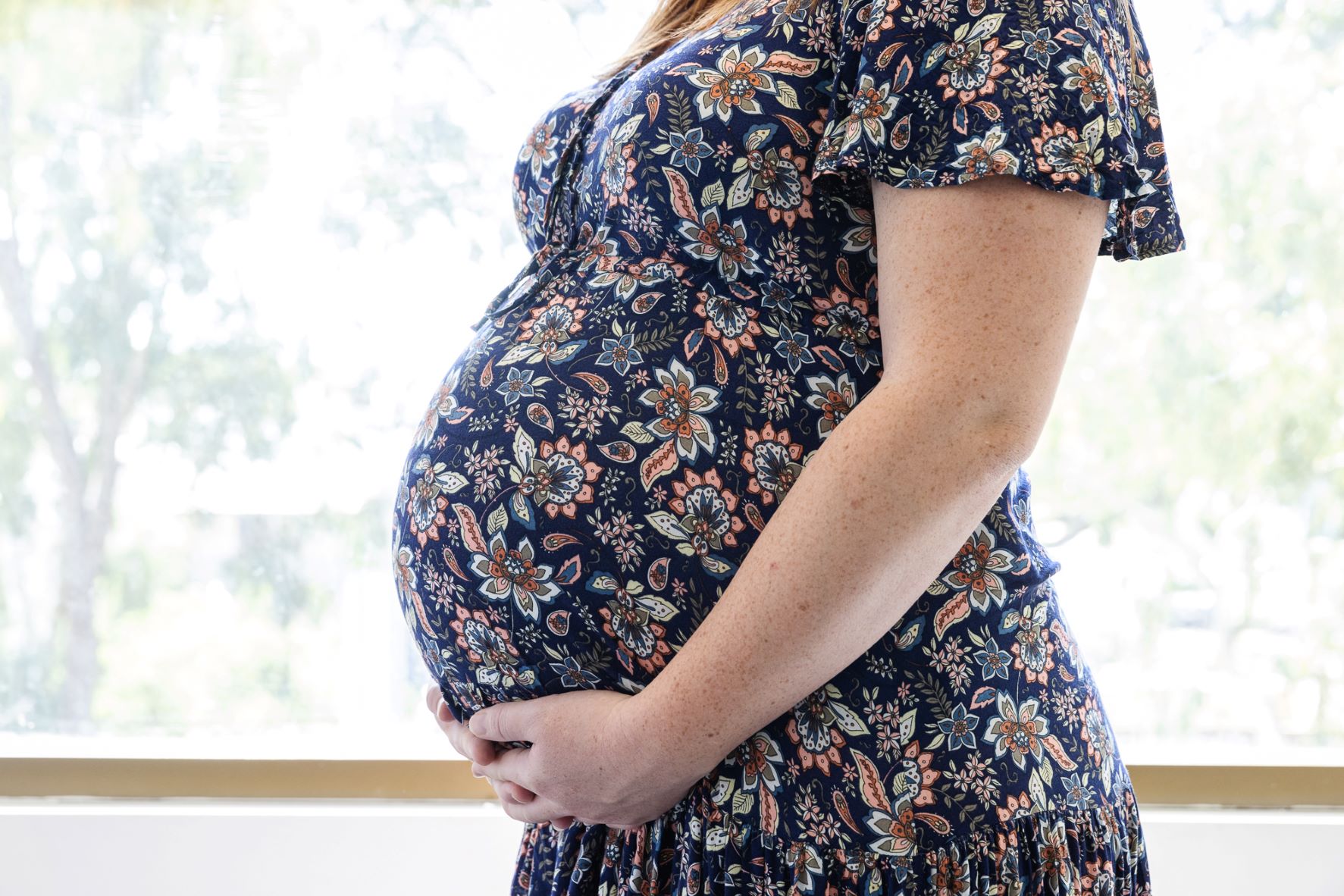Search
Showing results for "Au"
Research
Tonsil organ model to evaluate carriage, disease mechanisms and therapeutic interventions for treatment and prevention of GAS infectionsTonsil organ model to evaluate carriage, disease mechanisms and therapeutic interventions for treatment and prevention of Group A Streptococcal infections.
Rett Syndrome Association of Australia and ANZACRett are two family-oriented organisations.

Meningococcal disease is caused by the bacteria Neisseria meningitidis, or 'meningococcus'. It's an uncommon but very serious disease that can result in death.

SYMBA is promoting gut health (symbiosis) with prebiotic fibre taken during pregnancy for prevention of allergic disease.

Pregnancy Lifestyle Activity and Nutrition (PLAN)

SYMBA is promoting gut health (symbiosis) with prebiotic fibre taken during pregnancy for prevention of allergic disease.

News & Events
Meet Perth's final ENDIA participantAustralia’s biggest study into the causes of type 1 diabetes reached a significant milestone when its last Perth-based participant was born recently.

News & Events
ENDIA milestoneAustralia’s biggest study into the causes of type 1 diabetes recently recruited its 1500th and final participant right here in WA.
Research
Spatiotemporal patterns of influenza in Western AustraliaUnderstanding the geospatial distribution of influenza infection and the risk factors associated with infection clustering can inform targeted preventive interventions. We conducted a geospatial analysis to investigate the spatial patterns and identify drivers of medically attended influenza infection across all age groups in Western Australia.
Research
Hospitalizations Following Complex Hip Surgery in Children with Intellectual Disability: A Self-Controlled Case Series AnalysisTo evaluate the associations between complex hip surgery and subsequent hospitalizations in children with intellectual disability, including a subset of children with cerebral palsy.
